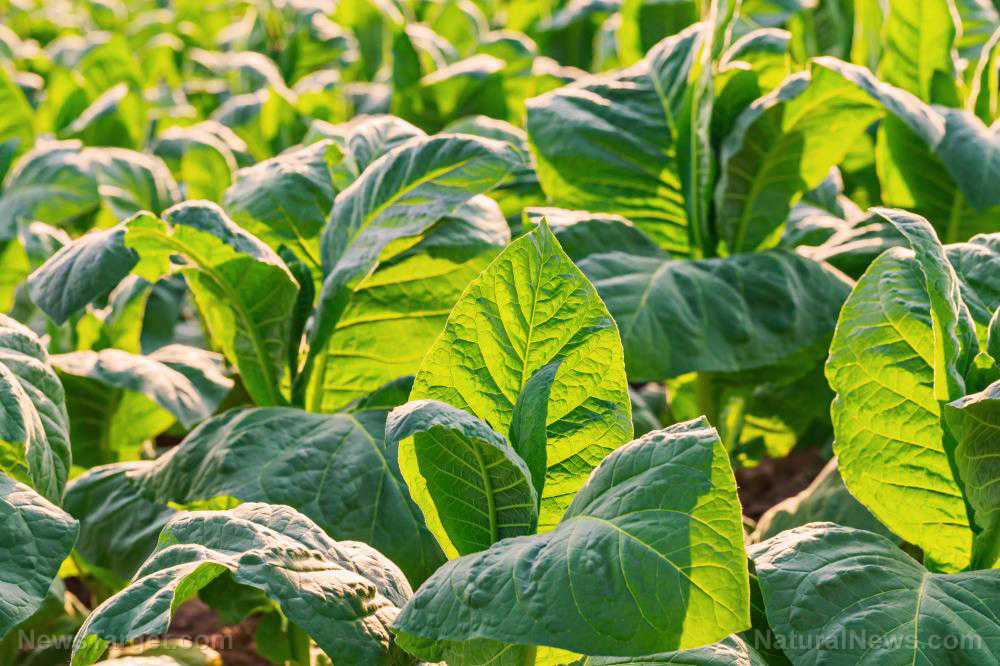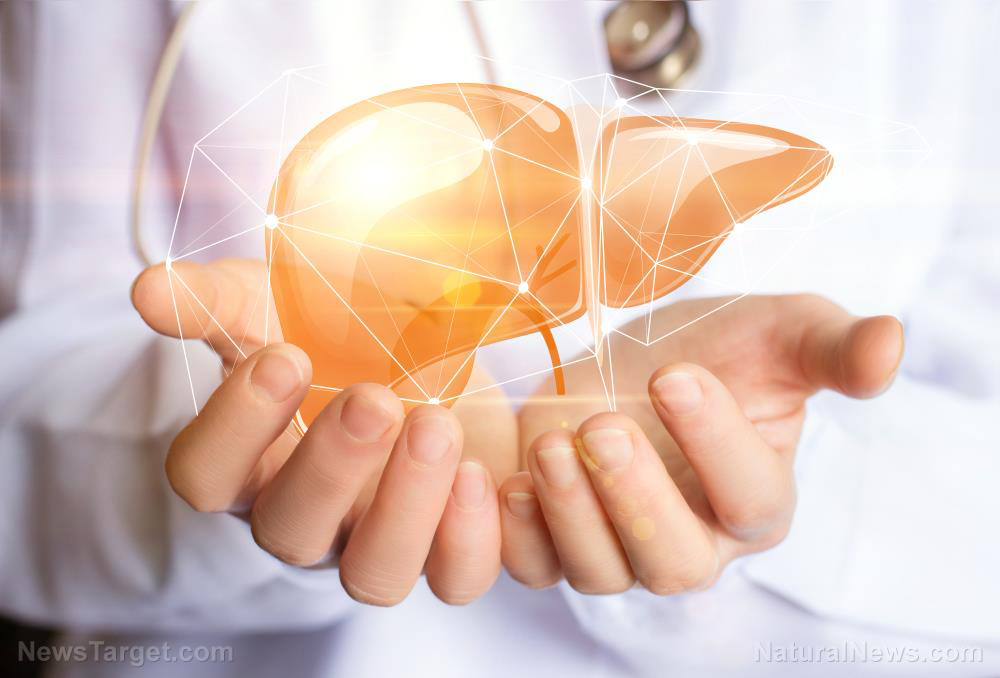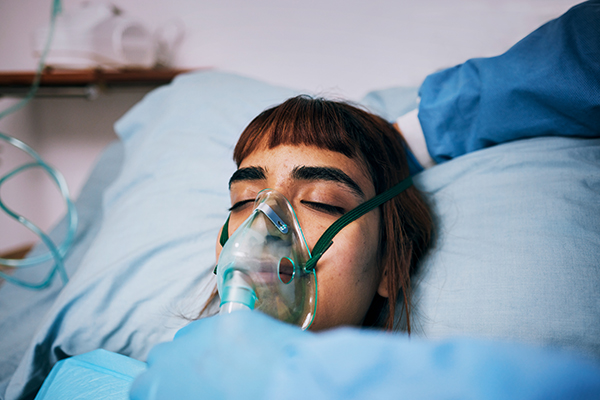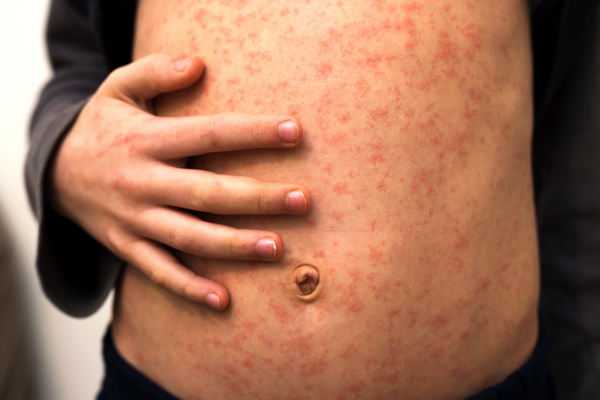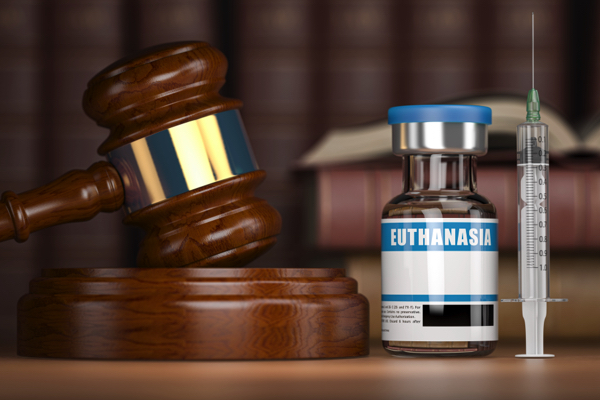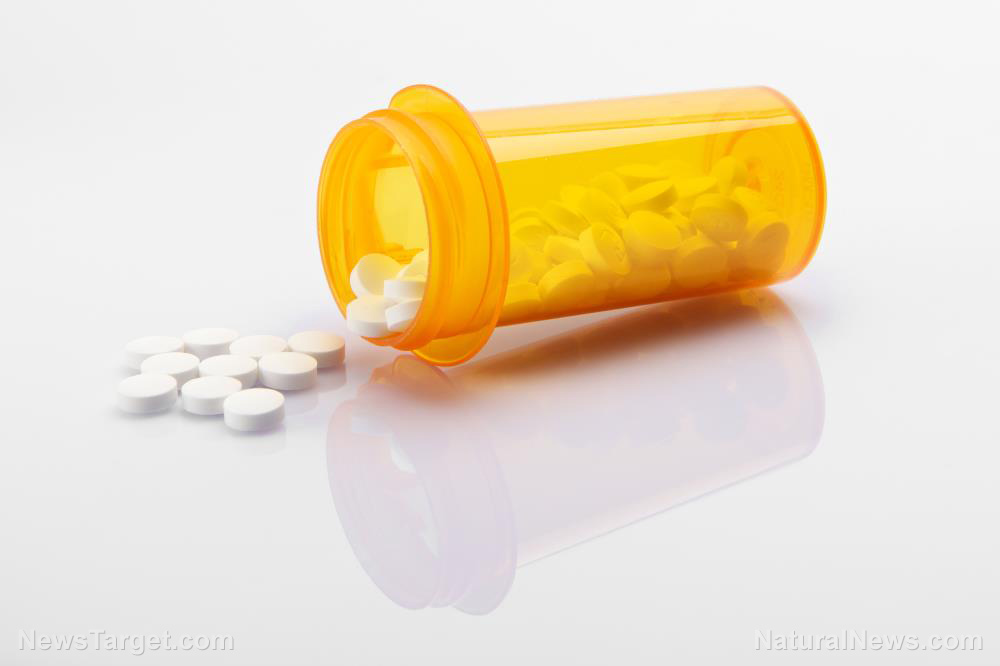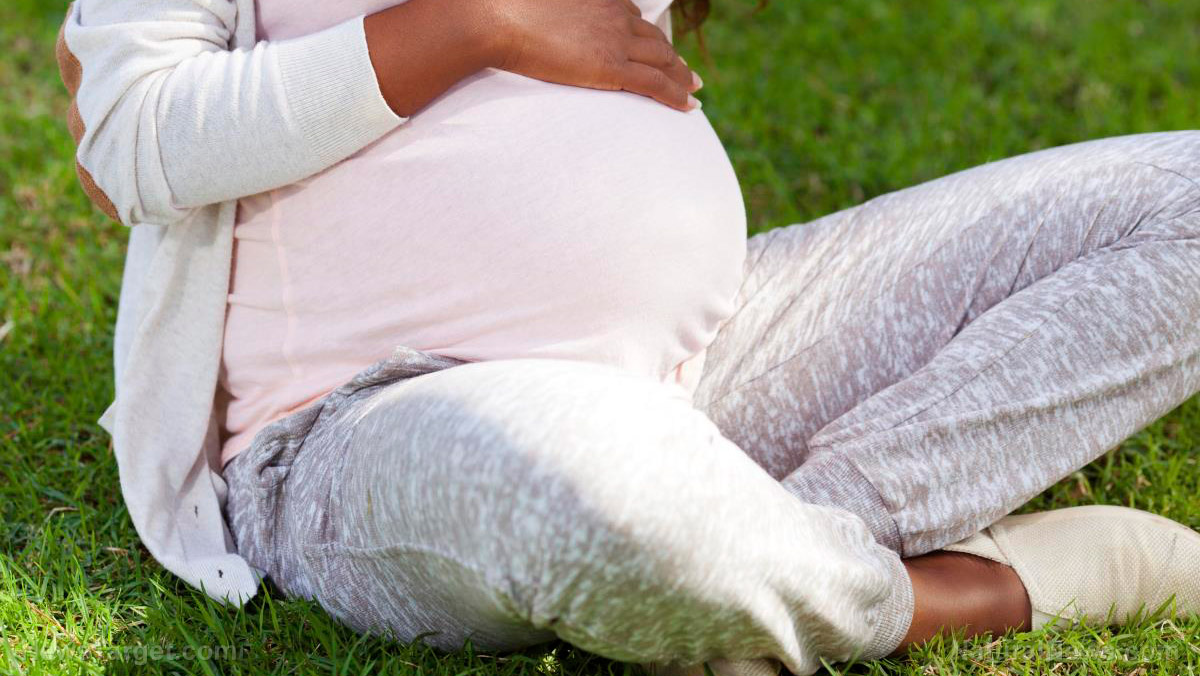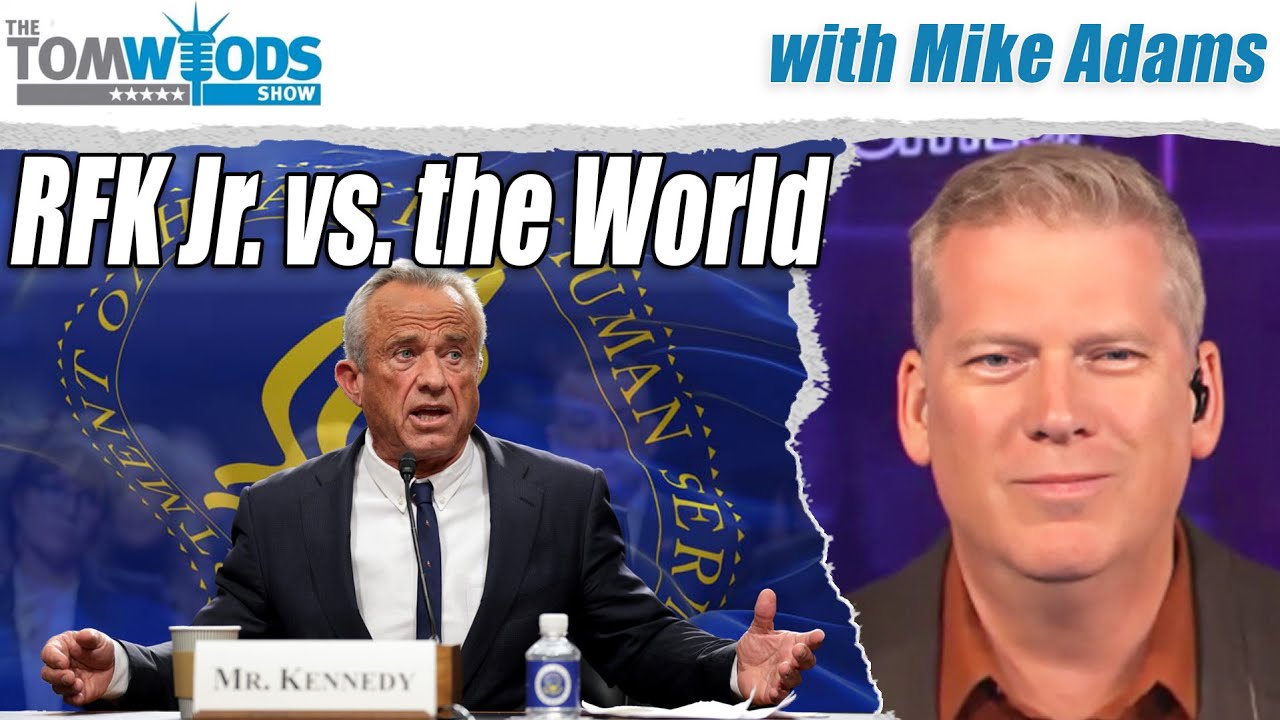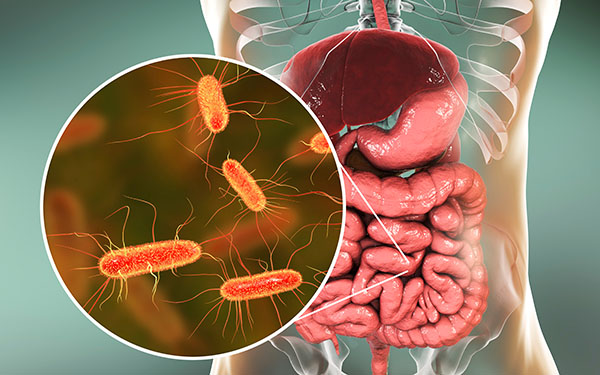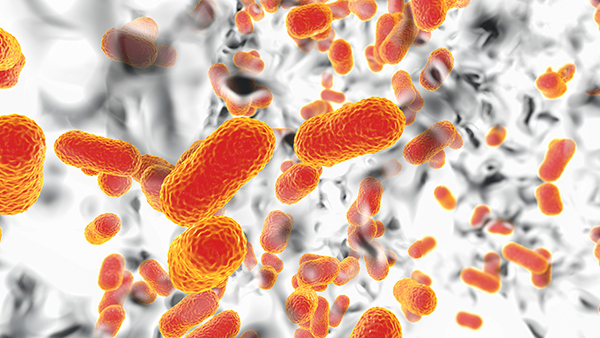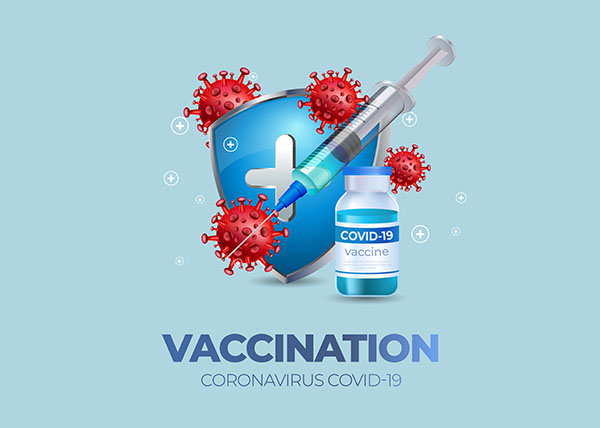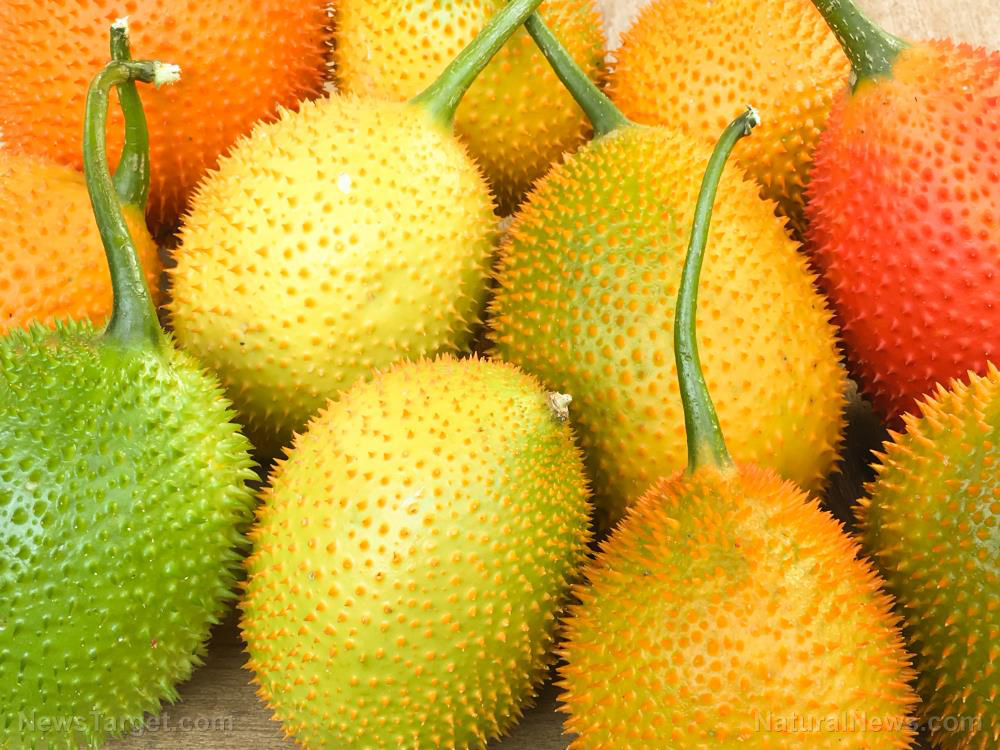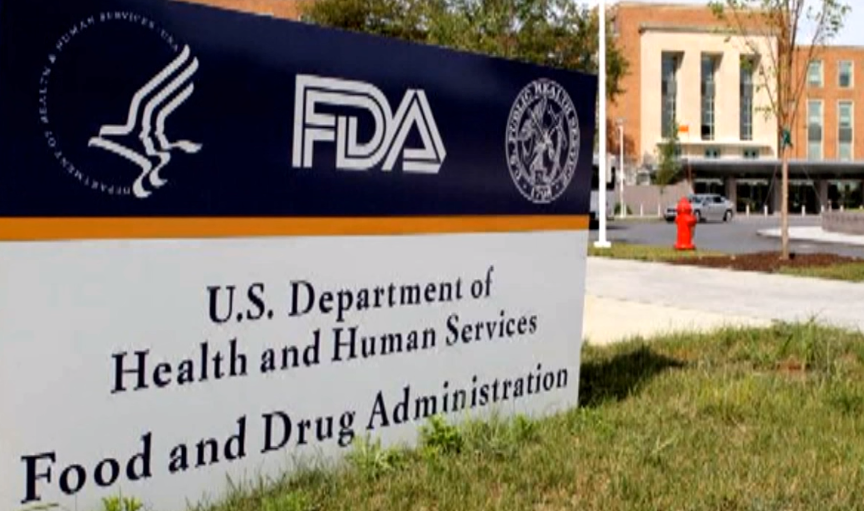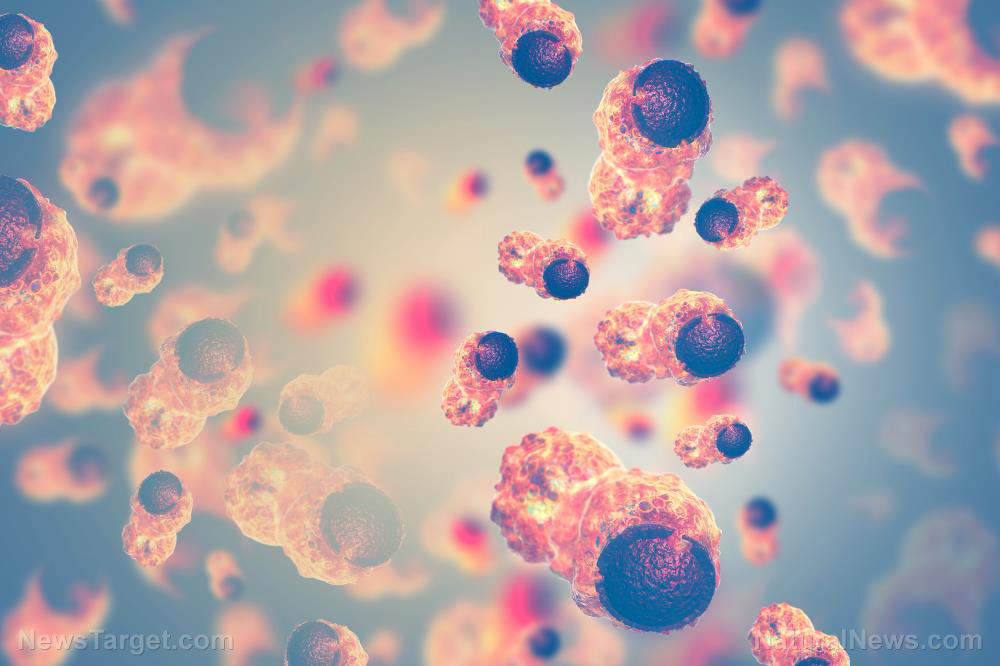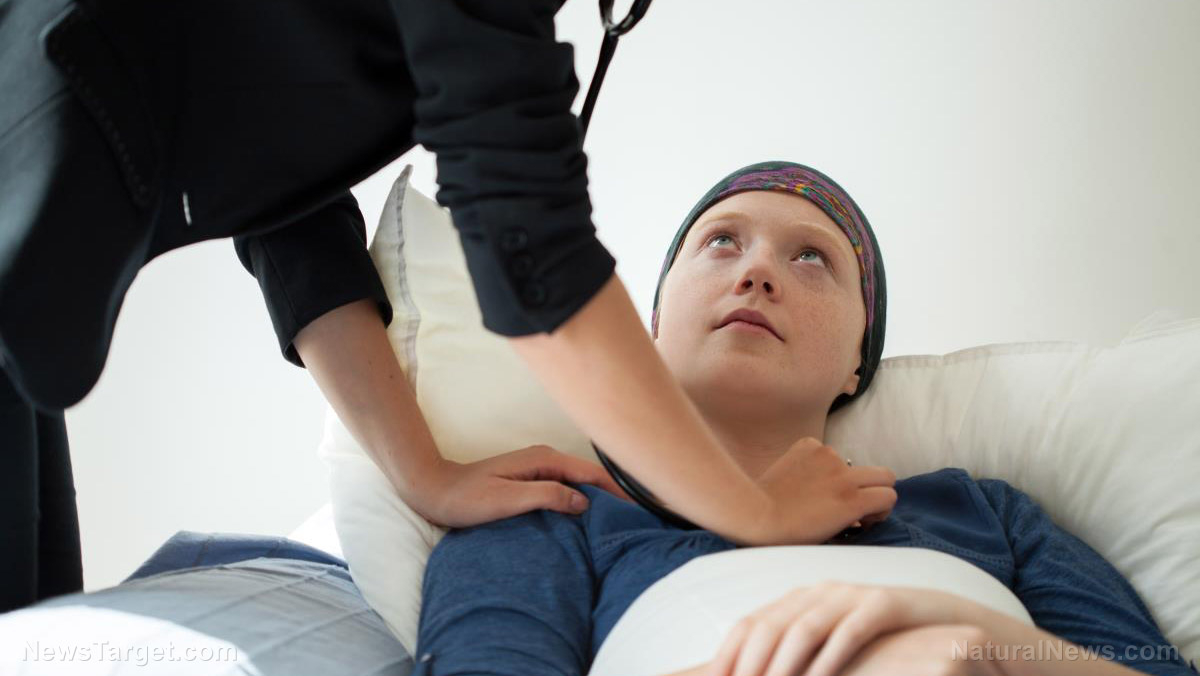NIAID director’s dual role: Funding bird flu virus creation while holding vaccine patent raises ethical concerns
10/13/2025 / By Willow Tohi
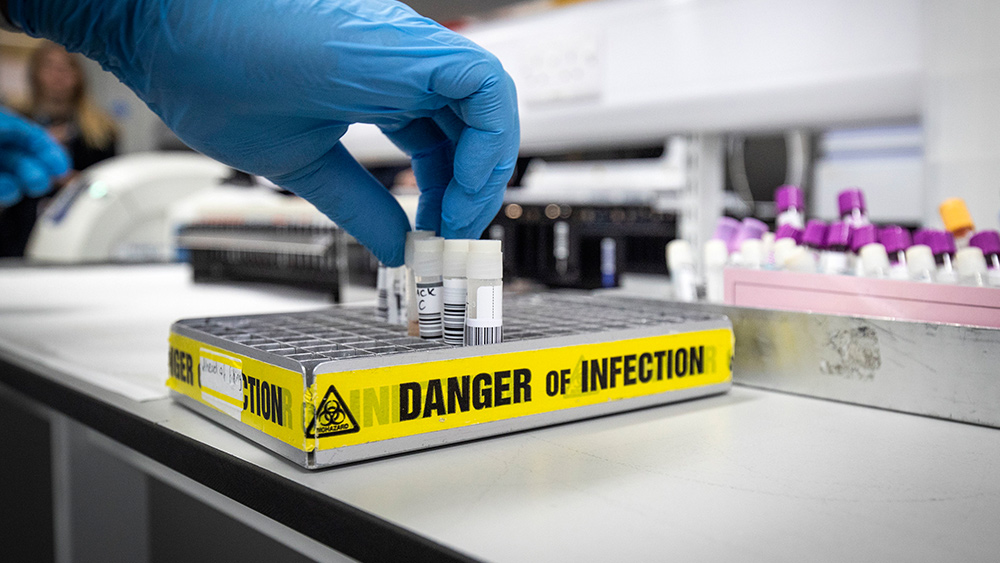
- NIAID Director Dr. Jeffery Taubenberger is listed as an inventor on a government-held patent for a bird flu vaccine while his agency funds research creating engineered avian influenza strains.
- Federal law permits government scientists to earn up to $150,000 annually in royalties from patented inventions developed under their oversight.
- The $500 million “Generation Gold Standard” vaccine initiative, announced by the Trump administration, relies on Taubenberger’s patented BPL-inactivated virus platform.
- Critics warn the arrangement mirrors pre-pandemic conflicts seen in COVID-19 research, where gain-of-function studies overlapped with vaccine development interests.
- Public health experts question whether taxpayer-funded pathogen research should be tied to officials’ financial stakes in patented solutions.
The U.S. National Institute of Allergy and Infectious Diseases (NIAID) is bankrolling high-risk laboratory experiments engineering dangerous avian influenza viruses—while its director, Dr. Jeffery Taubenberger, stands to financially benefit from a federally patented vaccine designed to combat those same pathogens. Federal records confirm Taubenberger is listed as a co-inventor on a 2019 patent for a beta-propiolactone (BPL)-inactivated bird flu vaccine, now central to the Trump administration’s $500 million “Generation Gold Standard” pandemic preparedness program.
This dual role—overseeing taxpayer-funded virus manipulation while holding a financial stake in the resulting vaccine—has drawn sharp criticism from transparency advocates and scientists who warn it echoes the conflicts of interest that plagued COVID-19 research. Under federal intellectual property rules, Taubenberger could earn up to $150,000 annually in royalties if the vaccine platform succeeds commercially.
The patent and the pandemic plan
The patent in question, “Broadly Protective Influenza Vaccine Comprising a Cocktail of Inactivated Avian Influenza Viruses,” was filed in December 2019 and forms the basis of two leading vaccine candidates—BPL-1357 and BPL-24910—slated for clinical trials in 2026. The HHS initiative aims to develop “universal” vaccines targeting pandemic-prone viruses, including H5N1 bird flu and coronaviruses.
Meanwhile, NIAID-funded labs across the U.S. and abroad are actively engineering hybrid and chimeric avian influenza strains with enhanced transmissibility and drug resistance. Projects include:
- A University of Pittsburgh study fusing H5N1 genes onto a live vesicular stomatitis virus backbone.
- Georgia State University researchers splicing H5N1 genes into lab-made H1N1 strains, creating synthetic hybrids that triggered severe inflammation in animal tests.
- University of Wisconsin experiments reconstructing pandemic-capable H5N1 viruses with mammalian adaptation traits.
Historical parallels: From COVID to bird flu
The scenario mirrors pre-pandemic controversies surrounding gain-of-function research, where U.S.-funded labs manipulated coronaviruses while pharmaceutical firms patented spike-protein vaccines years before COVID-19 emerged. Congressional investigations later revealed classified DEFUSE proposals—funded by DARPA and EcoHealth Alliance—to engineer SARS-like viruses with furin cleavage sites, a feature later found in the pandemic strain.
Critics argue the same incentives now apply to avian influenza. “The outcome is a closed loop: government-funded pathogen creation feeding government-funded vaccine development, overseen by officials with patent ties to the product side,” wrote investigative journalist Jon Fleetwood.
Ethical and security concerns
Public health experts question whether officials directing high-risk virus research should simultaneously hold financial interests in the resulting countermeasures. It “… transforms what should be a public-health mission into a structural conflict of interest,” Fleetwood noted. Others warn that lab-engineered bird flu strains—like those Taubenberger’s agency funds—could leak, accelerating the very pandemics vaccines aim to prevent.
The NIH maintains that royalty caps and oversight mitigate conflicts, but skeptics point to past failures. During COVID-19, NIH scientists collected royalties from Moderna’s spike-protein patents while their agency regulated the vaccines—a dynamic Senator Rand Paul called “an incestuous relationship.”
A call for transparency
As the Generation Gold Standard program advances, lawmakers and watchdogs demand stricter safeguards to separate pathogen research from vaccine commercialization. The question isn’t “whether the next outbreak is being planned for,” Fleetwood concluded, “but whether it’s being prepared for profit.”
For now, the dual-track system remains in place—with billions in public funds fueling both the problem and the patented solution.
Sources for this article include:
Submit a correction >>
Tagged Under:
big government, Big Pharma, biological weapon, bioterrorism, biowar, bird flu, Censored Science, conspiracy, corruption, ethics, ethics concerns, infections, money supply, outbreak, pandemic, patent, research, science deception, science fraud, Suppressed, vaccine patent, vaccine wars
This article may contain statements that reflect the opinion of the author

